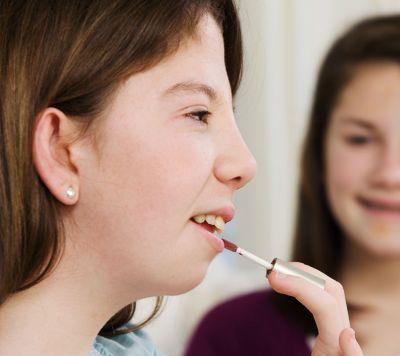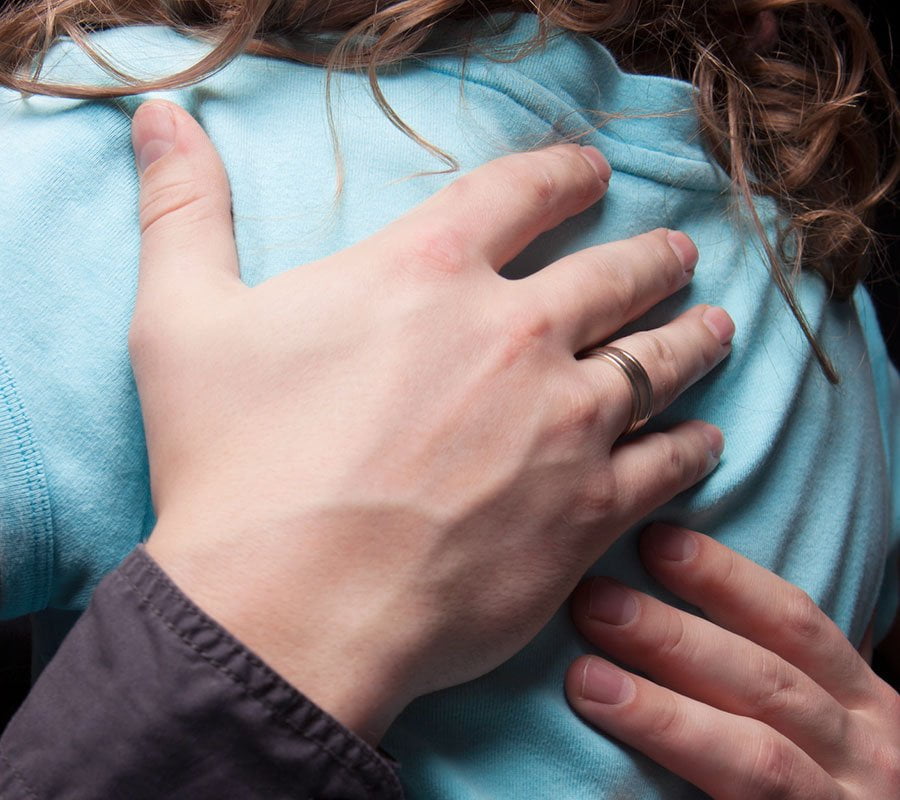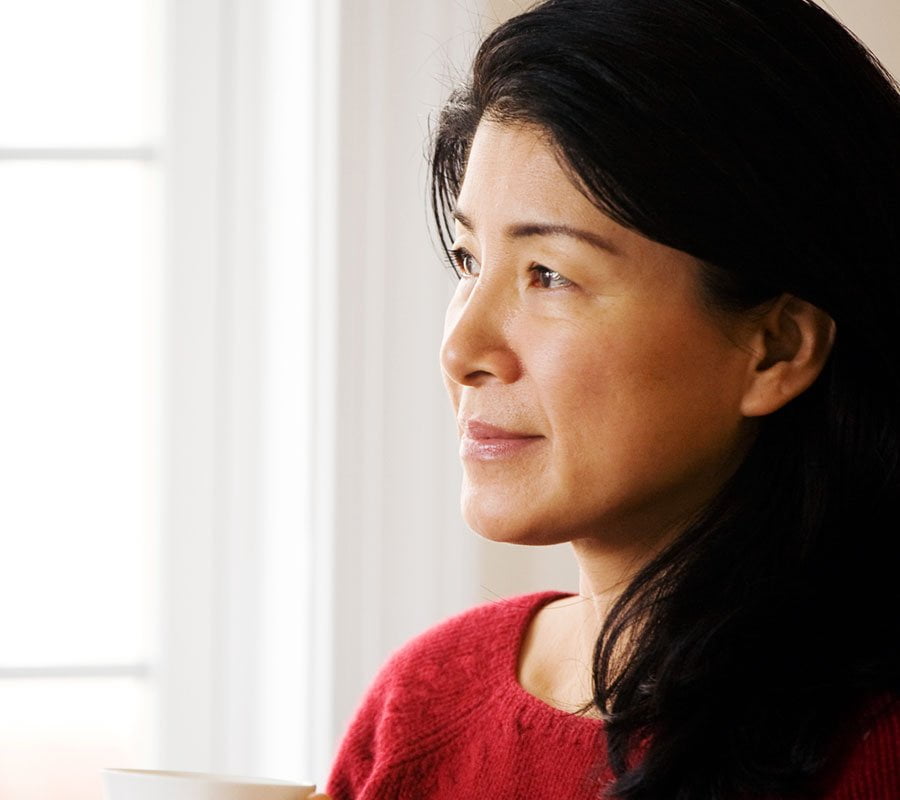Sexuality is an important part of the overall wellness of all people, including those with disabilities
Introduction to supporting youth with disabilities to talk about sexuality
Although all Canadians have a right to comprehensive sexuality education, children and youth with disabilities do not always receive it. Children and youth with disabilities experience the physical, social and emotional changes that are part of growing into a healthy adult in similar ways to their typically developing or able-bodied siblings and peers.
Sometimes, however, they miss out on learning about sexuality as parents and service providers focus on other life skills and don’t feel supported to talk about sexuality.
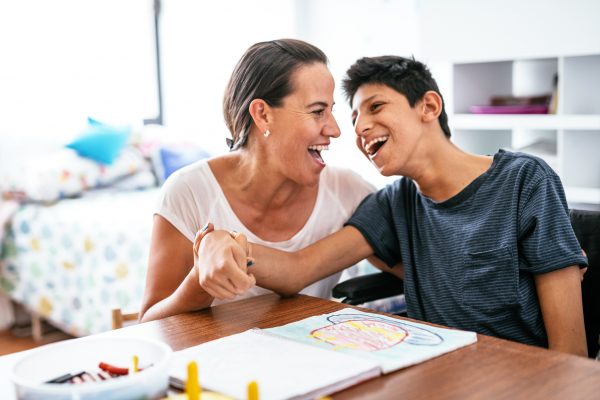
A quick word about terms
Why develop TASCC?
We developed this website because Calgary parents and service providers of children and youth with disabilities told us they need more information to better support their children and youth. In a 2014 needs assessment of Calgary parents (n=7), 100% said they need more information about sexuality and relationships.
Main topics
The goal of this website is to provide information that can be used with any child or youth with a disability, intellectual or physical, whatever their level of impairment.
Children and youth with disabilities require “support, acceptance, understanding and compassion from their families [and caregivers] to transition through healthy development.”3
We hope to provide parents, families and service providers with information and support to talk about sexuality with comfort and confidence to make this transition easier.
The TASCC Supporting Youth with Disability portal is designed to help anyone who cares for or works with a child or youth with disabilities.
If an issue comes up at school (e.g., around personal boundaries and touching), families can help their child to practice behaviours that show healthy boundaries at home. Sometimes the issue will need lots of time and reinforcement to change and having every adult involved will help with success.
Navigating TASCC
When you make your way around the website, you will see highlighted some practical tips and strategies to use with your child or youth. You will also see good to know facts that will help you to understand what your youth may be experiencing.
Throughout this website, you will also see stories that encourage you to think about how the information can be used in real life. When you read the stories, we encourage you to think about the following:
- How did you react to the story?
- Why do you think you reacted that way?
- How can you best support this person?
Other features of this website include:
Tips for parents
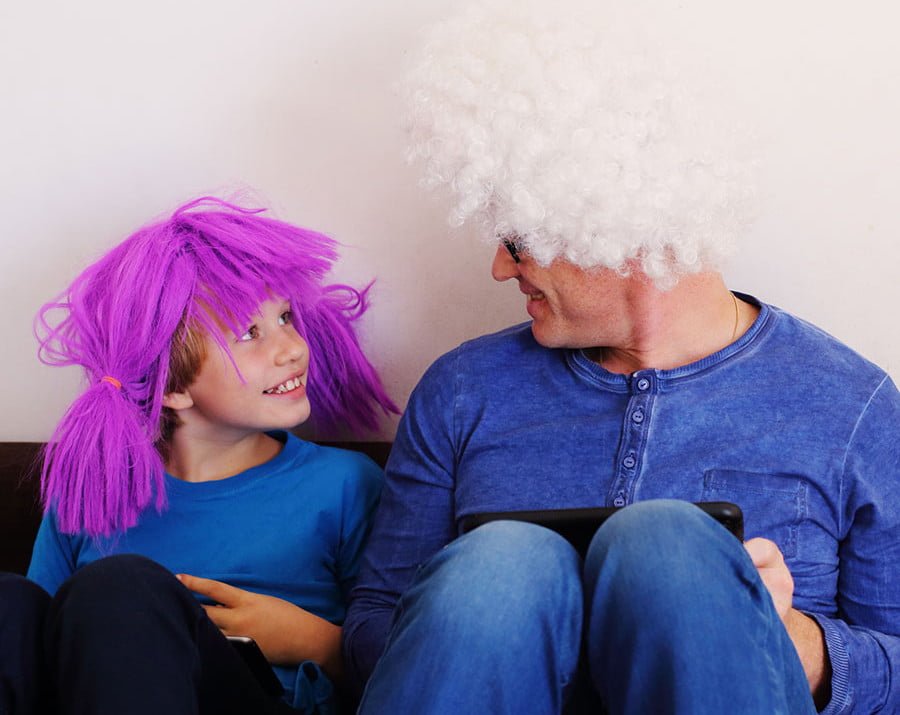
Parents may find it helpful to:
- Use hands on examples to teach your child or youth at home and practice the information taught at school (e.g., figure out together where the private places in your home are and practice closing the door for privacy and safe boundaries).
- Involve your child’s teachers and caregivers and share skills you are developing. This way, service providers can share success and feedback on changes that need to be made.
- Talk about the rules and consequences of social media and technology. They may not have a phone or direct online access but their fiends might!
- Try to talk about sexuality and healthy relationships as a part of daily life – use teachable moments when they come up in your family, on the news, or songs on the radio.
- Choose times at home when your child is rested and free from distractions. Every discussion does not need to be the “big talk” and talking often helps your child know that you are there for them.
Tips for Service Providers
Service providers may find it helpful to:
- Teach skills that can be practiced at home (e.g., hygiene routines).
- Communicate with families to keep them updated on the skills and discussions you are having with youth. Be sure to share success as well as challenges.
- Link sexuality with other parts of health and wellness that can be connected to other school or agency programming (e.g., learning about healthy foods and exercise is a big part of puberty and growing up).
- Practice skills using role-play and problem-solving (e.g., when learning about personal space and boundaries, tour your facility with youth and figure out together which spaces are private and public).


